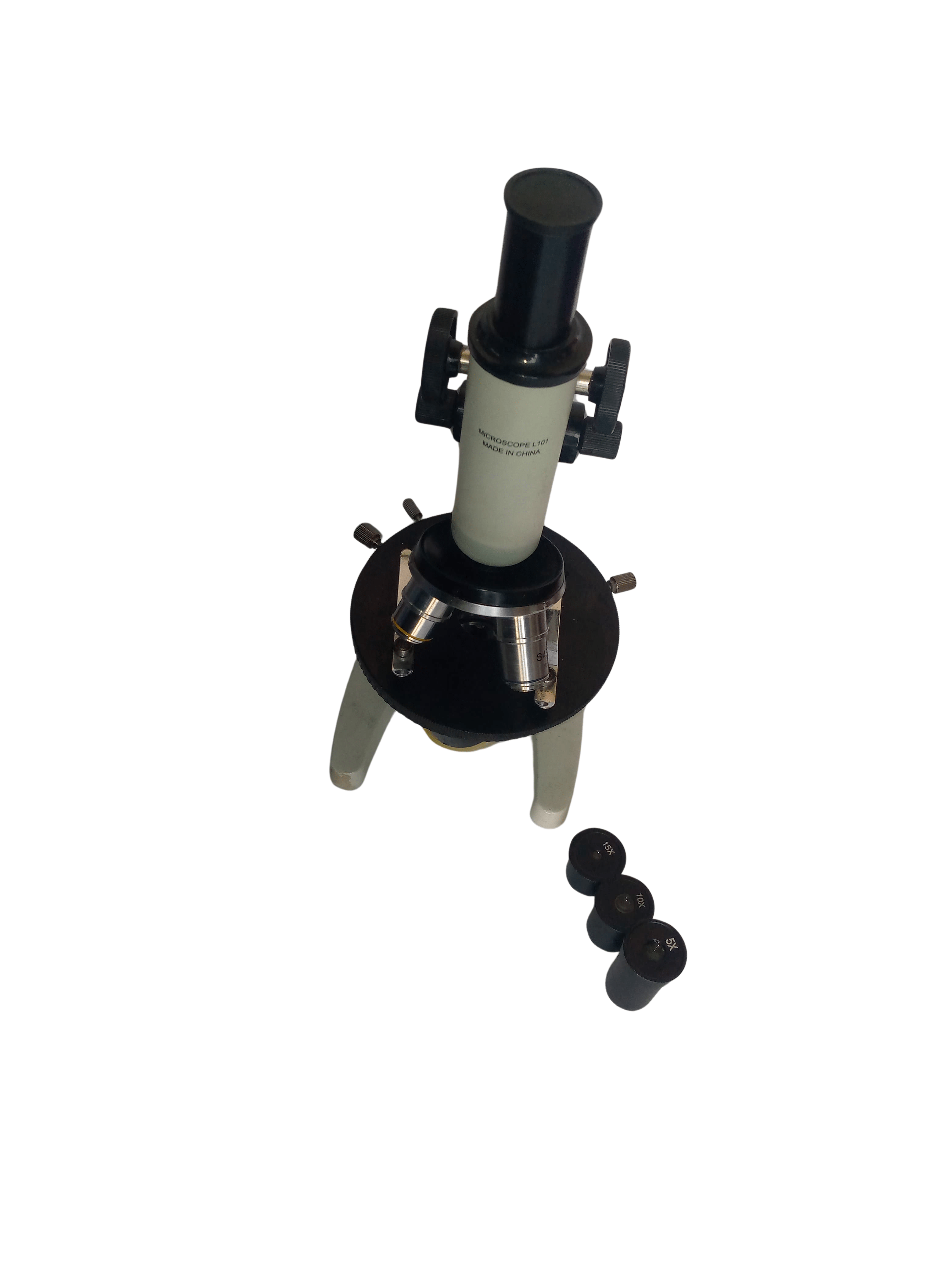Compound Light Microscope: A Comprehensive Guide
Introduction to Compound Light Microscopes
A compound light microscope is one of the most widely used scientific instruments in laboratories, schools, and research institutions. This powerful tool enables users to observe small objects, such as cells and microorganisms, with high magnification and clarity. Using a combination of optical lenses and light illumination, a compound microscope provides detailed visual insights into biological, chemical, and material sciences.
How Does a Compound Light Microscope Work?
A compound microscope utilizes a series of lenses to magnify objects placed on a glass slide. It consists of the following key components:
- Eyepiece (Ocular Lens): Located at the top, it provides initial magnification, usually 10x.
- Objective Lenses: Positioned on a rotating nosepiece, these lenses offer multiple levels of magnification, such as 4x, 10x, 40x, and 100x.
- Stage and Clips: The platform where the slide is placed and secured.
- Illuminator (Light Source): Typically an LED or halogen light that enhances visibility.
- Condenser and Diaphragm: Helps in focusing and controlling the amount of light passing through the sample.
- Coarse and Fine Focus Knobs: Used for adjusting the clarity and sharpness of the image.
Types of Compound Light Microscopes
Compound microscopes are available in different variations based on their features and applications:
1. Monocular Compound Microscope
- Single eyepiece
- Ideal for students and beginners
- Affordable and easy to use
2. Binocular Compound Microscope
- Two eyepieces for comfortable viewing
- Better depth perception
- Suitable for professional and academic use
3. Trinocular Compound Microscope
- Equipped with a third eyepiece for camera attachment
- Used in research, documentation, and digital imaging
4. Digital Compound Microscope
- Integrated with a digital camera or USB connectivity
- Enables direct viewing on computers or screens
- Ideal for modern research and online demonstrations
Applications of Compound Light Microscopes
Compound microscopes are extensively used in various fields, including:
1. Biological and Medical Research
- Studying cells, tissues, and microorganisms
- Pathology and disease diagnosis
- Genetic research and microbiology
2. Education and Learning
- Essential for school and university laboratories
- Helps students understand cellular structures
- Used in science fairs and academic experiments
3. Industrial and Material Analysis
- Examination of metals, fibers, and surface coatings
- Quality control in manufacturing industries
- Inspection of semiconductors and electronics
4. Environmental and Forensic Science
- Analysis of soil, water, and air particles
- Investigation of biological evidence in forensic studies
- Identifying microorganisms in environmental research
How to Use a Compound Light Microscope Effectively
Follow these steps for optimal performance:
- Prepare the Slide: Place the specimen on a clean glass slide and cover it with a coverslip.
- Position the Slide on the Stage: Secure it using stage clips.
- Select the Objective Lens: Start with the lowest magnification (4x) for an overview.
- Adjust Focus: Use the coarse adjustment knob first, then fine-tune with the fine adjustment knob.
- Control Illumination: Adjust the diaphragm and condenser for optimal light intensity.
- Increase Magnification: Switch to higher objective lenses (10x, 40x, or 100x) for detailed observation.
- Document Findings: If using a digital model, capture images or videos for analysis.
Factors to Consider When Buying a Compound Light Microscope
Choosing the right compound microscope depends on several factors:
1. Magnification Power
- Standard models provide 40x to 1000x magnification.
- Higher magnification required for microbiology and pathology studies.
2. Optical Quality
- Achromatic, semi-plan, or plan objective lenses provide better image clarity.
- Anti-reflective coatings enhance brightness and contrast.
3. Light Source
- LED illumination is energy-efficient and long-lasting.
- Halogen bulbs provide intense illumination for high-detail observations.
4. Build Quality and Ergonomics
- Metal body ensures durability.
- Adjustable eyepieces and smooth focus knobs enhance comfort.
5. Additional Features
- Digital compatibility for image capturing and live streaming.
- Trinocular models for advanced documentation.
Where to Buy a Compound Light Microscope?
You can purchase high-quality compound light microscopes from:
- Online Marketplaces – Dara Order
- Scientific Equipment Suppliers – Facebook Store
- University & Research Institutions – Linked in
Common Maintenance Tips for a Compound Light Microscope
To ensure longevity and optimal performance, follow these maintenance tips:
- Keep Lenses Clean: Use lens paper and alcohol-based solutions.
- Store Properly: Keep in a dust-free cover when not in use.
- Handle with Care: Avoid touching lenses with bare fingers.
- Check Light Source Regularly: Replace faulty bulbs or LEDs promptly.
- Calibrate and Align Lenses: Ensures clear and sharp images.
Advantages of Using a Compound Light Microscope
- High Magnification & Resolution – Ideal for cellular and microorganism studies.
- Affordable & Accessible – Available for schools, labs, and hobbyists.
- Portable & Easy to Use – Can be used in various environments.
- Real-Time Observations – Allows live analysis of biological samples.
Conclusion
The compound light microscope is an essential tool for scientific research, education, and industrial applications. Whether you are a student, teacher, scientist, or medical professional, investing in the right microscope can significantly enhance your studies and discoveries. With advanced optics, digital integration, and ergonomic designs, modern compound microscopes offer precision and convenience like never before.
🚀 Explore a world beyond the naked eye with a compound light microscope today!


